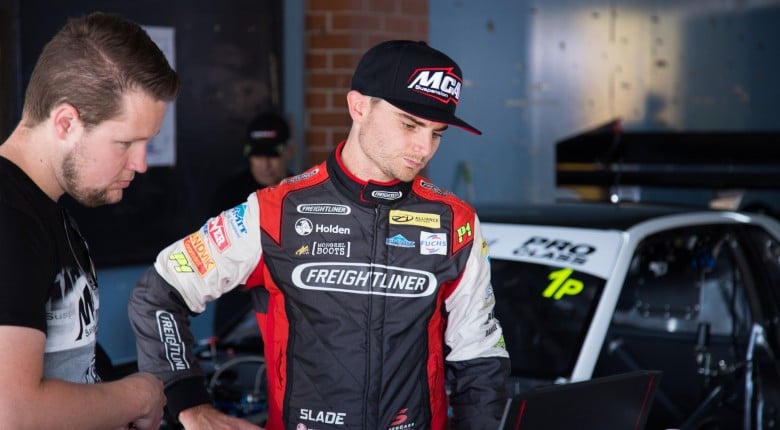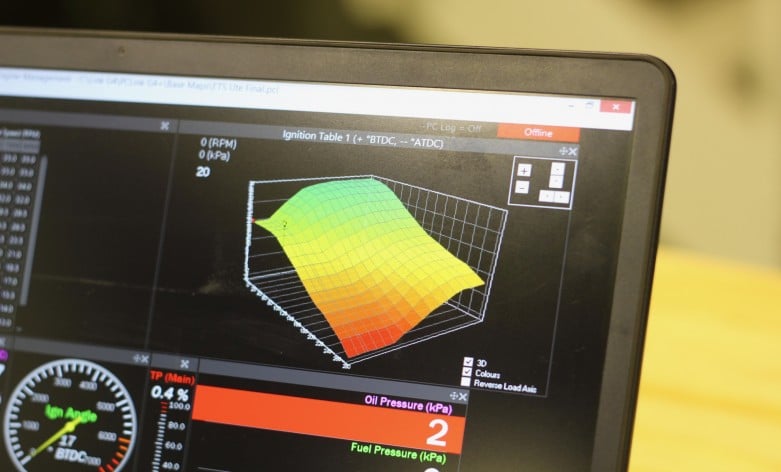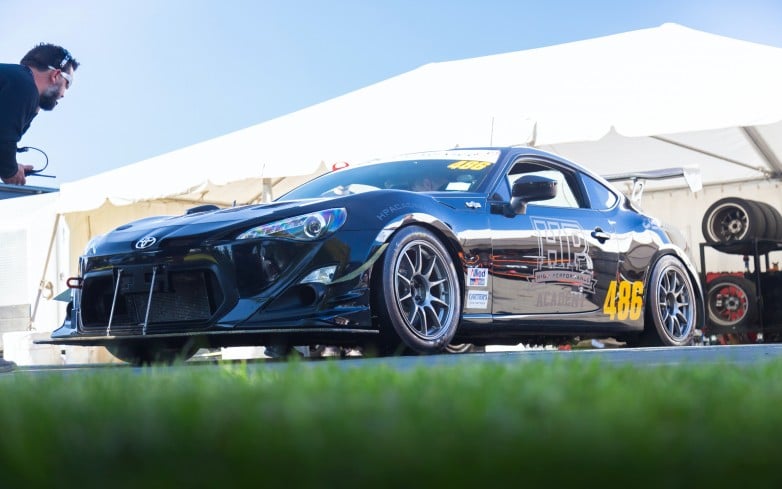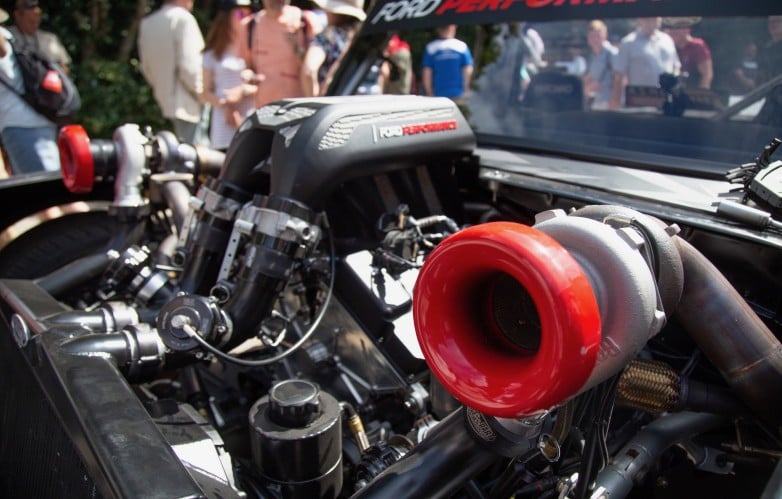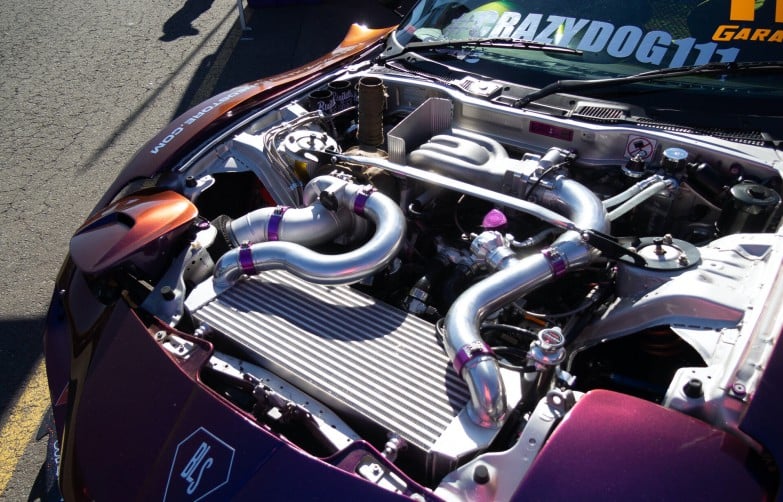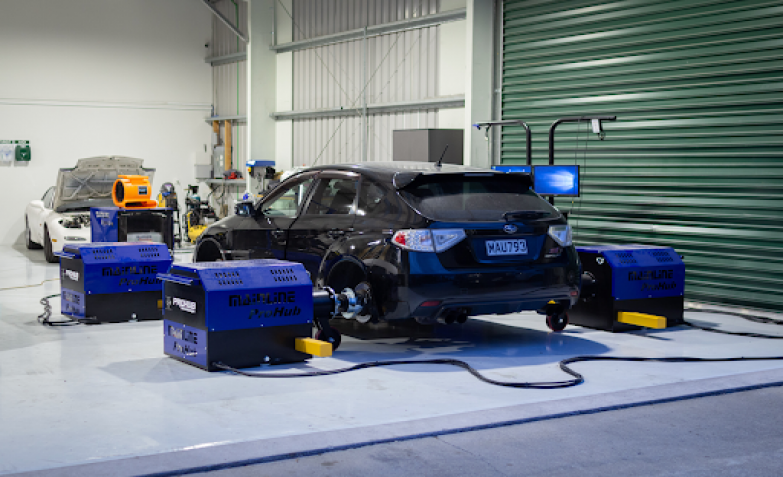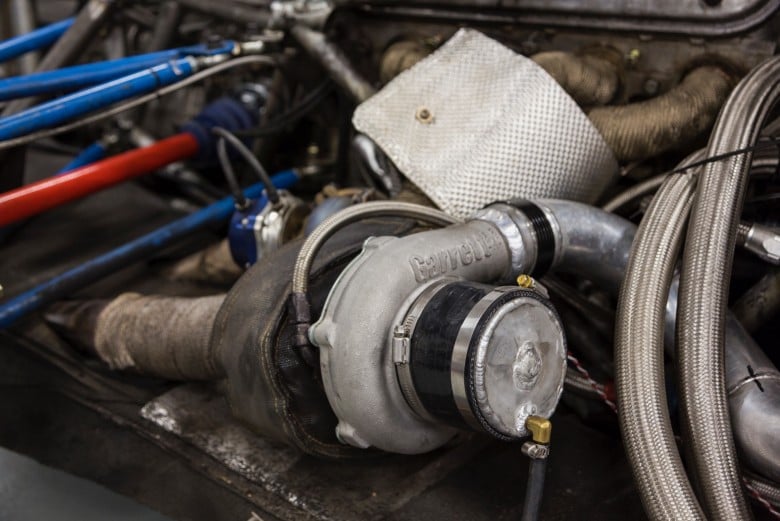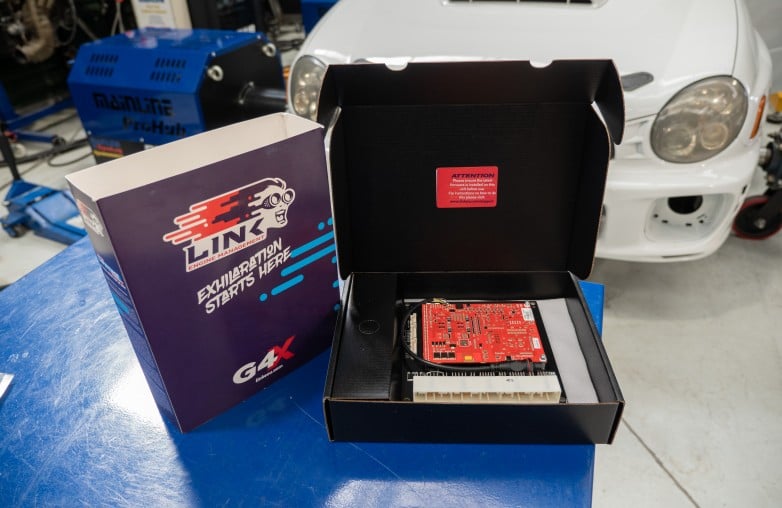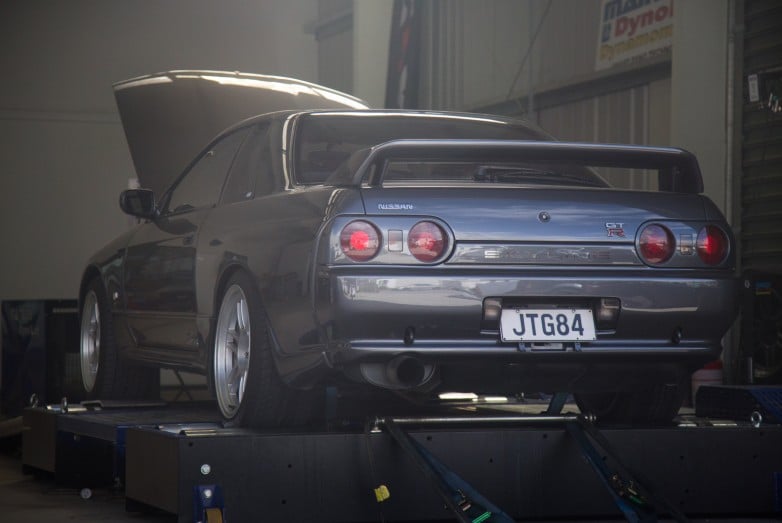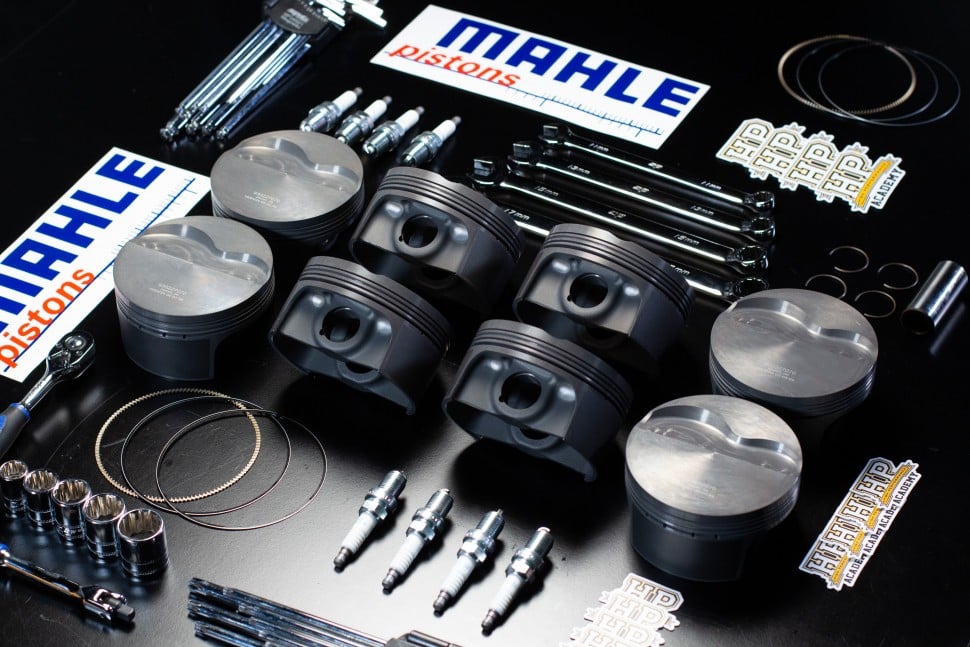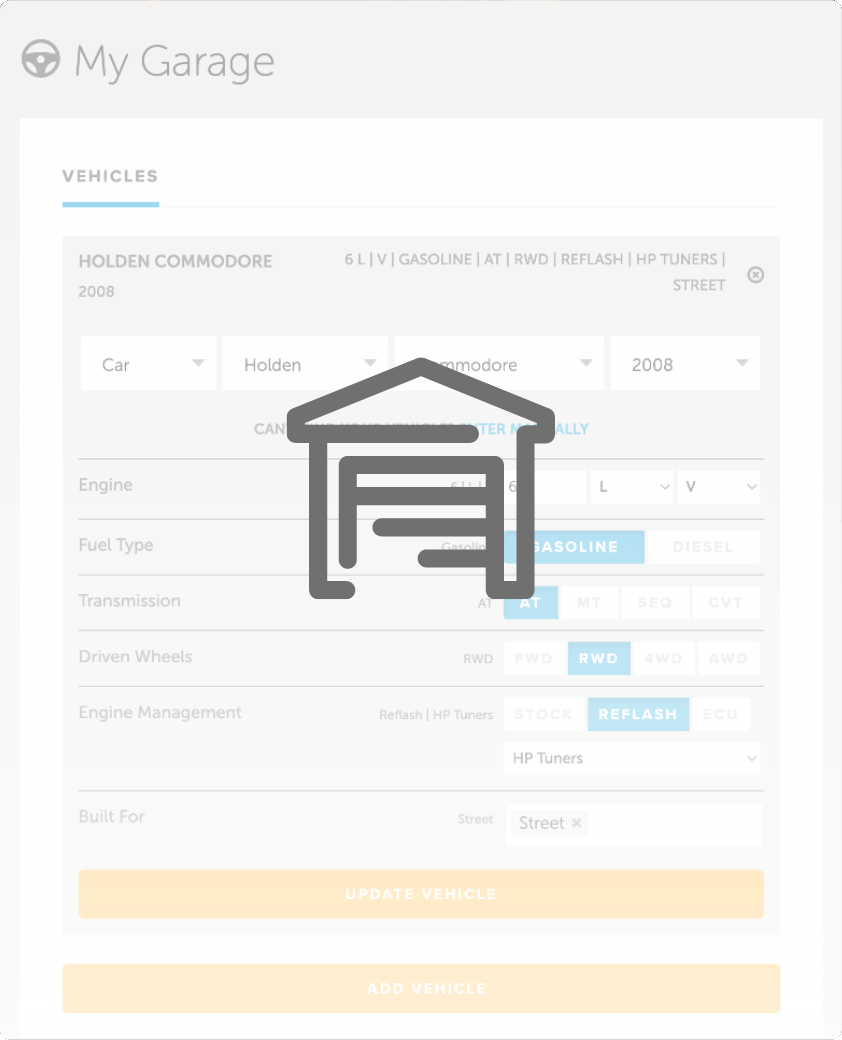Choosing the Right ECU Tuning Solution: Reflash, Standalone, or Piggyback?
You've decided to tune your car. Great. Now comes the confusing part: which ECU solution do you actually need? Click into any forum and you'll get ten different answers from ten different people, each convinced their choice is the only right one despite the fact that it's probably the only one they've ever used. The truth? There's no universal solution. Your car's age, your budget, goals, and modification level determine the best path forward.
Let's cut through the noise and break down your real options: reflashing your factory ECU, installing a standalone aftermarket ECU, or using a piggyback system. By the end of this article, you'll know which solution fits your build.
In this article: Reflashing vs Standalone ECUs | Key Factors to Consider | Vehicle Type and Age | Purpose of the Vehicle | Budget Considerations | Experience and Skill Level | Modification Level | Reflashing: Commercial vs Open Source | Standalone ECUs: Plug-and-Play vs Wire-in | What Tuning Option Should YOU Choose?
Reflashing vs Standalone Aftermarket ECUs
Your options break down into two main categories: reflashing software and standalone aftermarket ECUs.
Reflashing software modifies the tuning data stored in your factory ECU. You keep the original ECU in place and rewrite its programming to improve performance, adjust fuel maps, or accommodate modifications. This approach is increasingly popular with modern cars that rely heavily on integrated electronic systems.
Standalone aftermarket ECUs replace your factory ECU entirely. They offer complete control over engine management and are typically chosen for heavily modified or competition vehicles where precision tuning and advanced features matter most.
Real World Example: HPAs own Toyota GT86 project actually used both options. Stock the car started out with an EcuTek tune on the factory Toyota ECU. After adding a turbocharger, the decision was made to go to an aftermarket ECU. MoTeC was the first to offer a plug-and-play solution that worked with the factory wiring harness at the time, so the decision was easy to add that functionality without much downtime.
Later on, the car was also rewired in 2 stages, first the engine harness, then the body as part of its natural development progression, with more sensors and a PDM (power distribution module) being fitted, eliminating the need for fuses and relays.
Key Factors to Consider When Choosing a Tuning Solution
Five critical factors determine which ECU solution makes sense for your build. Miss any of these and you'll either overspend on features you don't need or hit limitations that force an expensive upgrade later.
1. Vehicle Type and Age
Your car's age dramatically affects your options. Modern vehicles rely on complex CAN bus communications where the ECU constantly talks to the transmission control unit, ABS system, stability control, and dozens of other modules. Rip out the factory ECU and you might lose traction control, cruise control, or even basic functions like your speedo.
Older cars are simpler. A 1990s Japanese import typically has minimal ECU integration, making standalone systems straightforward. A 2020 European car? That's a different story entirely.
Real World Example: NA or NB Mazda MX5 (aka Mazda Miata) has an ECU that can easily be replaced and tuned whether you are wiring in a generic unit as a custom job or adding a plug and play option to the exsisting wiring harness. A 2020 Audi A4 has direct injection, which is not something many aftermarket ECU companies support via plug-and-play units, let alone a generic standalone ECU.
2. Purpose of the Vehicle
How you use your car matters. A daily-driven street car with mild modifications typically benefits from a reflash. You improve performance, possibly fuel economy (yes, you can have both!), and retain all factory features like your stability control, ABS and air conditioning. The cost is lower, installation is simpler, and the car remains practical.
Building a dedicated track car or drag racer? A standalone ECU offers features you'll actually use: advanced data logging, motorsport-specific functions (like launch control and anti-lag), precise control over every parameter, and the ability to handle extreme modifications.
The mistake people make is installing a $3,000 standalone ECU on a mildly modified street car, then never using 90% of its capabilities. That's money that would be better spent elsewhere on your build for tangible performance improvements, such as a better wheel and tyre package, brake upgrade, or even something as simple as learning how to do your own wheel alignments to suit your car and driving style at any race track.
3. Budget
Let's talk real numbers. A reflash kit typically costs $500-$1,500 USD depending on the platform. Installation is often DIY-friendly, and professional tuning might run $500-$1,000 USD.
A standalone ECU? Expect $1,000-$5,000 USD for the unit alone. Add installation ($600-$2,000 USD if you're not doing it yourself), wiring harness if needed ($400-$1,000 USD), and if you're not doing it yourself either, professional tuning ($1,000-$2,500 USD). You're easily looking at $4,000-$10,000 USD total.
For a mildly modified street car, that's excessive. For a built motor pushing serious power or a competition car, it's often necessary.
Real World Example: The HPA Mitusubushi EVO 9 shop car is still almost entirely stock and was first tuned using EcuFlash & EvoScan which are both open source software options. It cost around $200 USD for the interface too, a Tactrix OpenPort 2.0 and of course, the time to create the tune.
Alternatively, for the SR20 swapped Toyota 86 dedicated endurance race car build, a MoTeC ECU was fitted along with custom wiring to suit the new engine, which would easily come to around $10,000 USD if we didn't hide the receipts from our accountant.
In the interests of full disclosure, the EVO 9 does now run a Haltech, Link or Ecumaster ECU via an interface harness to the factory wiring, but the use case for that is to create learning material for you rather than something we would have otherwise done to this car.
4. Your Experience and Skill Level
Be honest about your tuning experience. Standalone ECUs are powerful but complex. You're building maps from scratch, configuring inputs and outputs, setting up sensors, and troubleshooting issues that might not have obvious solutions.
Reflashing is more forgiving. You're modifying existing maps that already work. The factory did most of the heavy lifting, and you're tweaking for performance. Documentation is usually better, and you're less likely to leave yourself stranded with a non-running car.
If you're new to tuning, start with a reflash. Learn the fundamentals. Build your skills. A standalone will still be there when you're ready and your build demands it.
5. Modification Level
Your modification level often makes the decision for you.
Lightly modified (intake, exhaust, mild boost increase): Reflash or piggyback handles this easily.
Moderately modified (larger turbo, upgraded injectors, significant boost increase): Reflash still works if your platform supports it, but you're approaching the limits.
Heavily modified (built motor, large turbo, E85 conversion, custom setup): Standalone ECU becomes necessary. The factory ECU wasn't designed for this, and you need the control a standalone provides.
Real World Example: Remember that EVO 9 mentioned above? Right now with the stock engine the factory ECU is perfect. It does everything required. Longer term there are plans though, and a 4G63 that will support more boost has been built along with plans to run ethanol fuel, aka E85. When this happens, an aftermarket ECU will make this more seamless and give us finer control, thus, more reliability/dependability.
Reflashing Software: Commercial vs Open Source
If reflashing makes sense for your build, you've got two paths: commercial or open-source solutions.
Commercial packages like HP Tuners, EcuTek, or COBB include accurate map definitions, strong customer support, regular updates, and comprehensive documentation. They're not cheap (typically $400-$1,200), but you're paying for reliability and support.
Open-source options like RomRaider or EcuFlash cost little to nothing but often lack complete documentation and full map definitions. Support comes from forums rather than manufacturers. For popular platforms like Subarus, the community support is excellent. For less common cars, you might struggle.
New to tuning and the option of both for your chosen project? Go commercial. The support and documentation are worth the cost. Experienced tuner working on a well-supported platform? Open source can deliver great value.
Standalone ECUs: Plug-and-Play vs Universal Wire-in
Standalone ECUs come in two flavours: plug-and-play and universal wire-in.
Plug-and-play ECUs connect directly to your factory wiring harness. Installation is simpler, costs are lower, and you can revert to stock if needed. If a plug-and-play option exists for your car, it's usually the best choice.
Universal wire-in ECUs require custom wiring but offer complete flexibility. They're ideal for engine swaps, obscure platforms, or builds where you're rewiring anyway. The extra labour cost is significant, but you're not limited by what harness adapters exist.
One consideration: if your car has high mileage or deteriorating wiring, a wire-in ECU with a fresh custom harness might be more reliable long-term than trusting 20-year-old factory wiring.
Real World Example: Link ECU provides a great range of plug and play ECUs, with some even fiting within the stock ECU housing making the installation incredibly tidy. We recently had a Subaru rally car in for a tune that had a G4X fitted, enabling the car to keep the factory wiring and let the owner race the next weekend with his new turbo and STI engine & gearbox package upgrade.
Link ECU are not the only company to do this of course, but they are a go-to option for many Subaru builds since they support such a wide range of them.
What Tuning Option Should YOU Choose?
Here's our straightforward advice based on years of builds:
Choose a reflash if:
- Your car is primarily street-driven
- Modifications are mild to moderate
- Budget is limited
- You want to retain all factory features
Choose a standalone ECU if:
- You're building a dedicated competition car
- Modifications exceed what reflashing can support
- You need advanced data logging and motorsport features
- You're doing an engine swap
- Your factory ECU is too limited or locked down
Common mistakes to avoid:
- Installing a standalone on a mildly modified street car just because it seems "better"
- Choosing tuning solutions based solely on what others said they used in a completely different application
- Underestimating total installation and tuning costs
- Picking a platform with poor documentation or support
- Buying an option you can't find anyone to tune for you
- Pulling out all your factory wiring before you have a replacement ready to go for your new ECU
The right ECU solution supports your current build and accommodates future upgrades without breaking the bank. Take time to research your specific platform, talk to tuners who specialize in your car, and be realistic about your goals and budget. The best tuning solution is the one that actually makes sense for your build, not the most expensive or most popular option.
